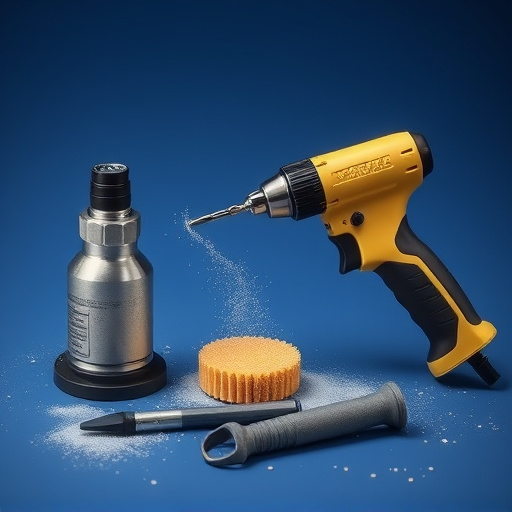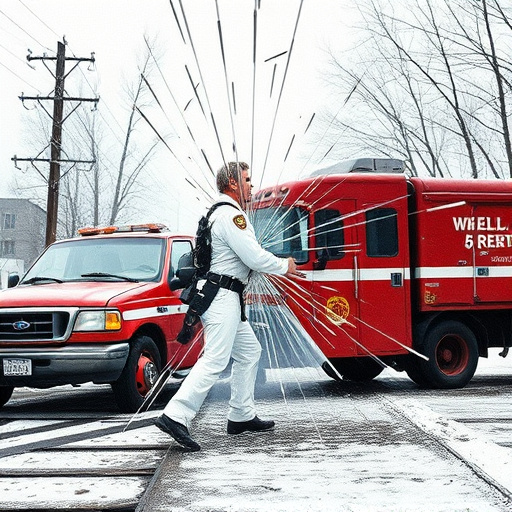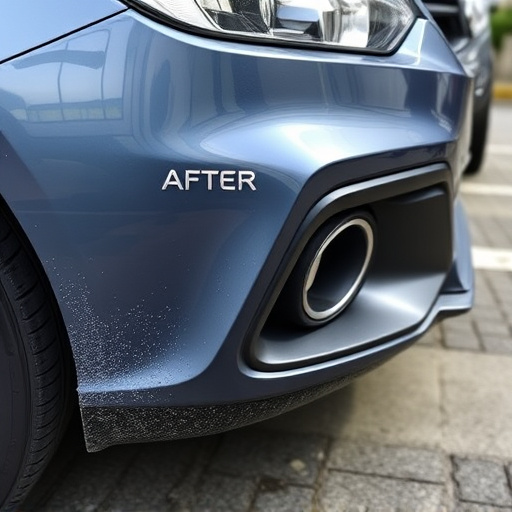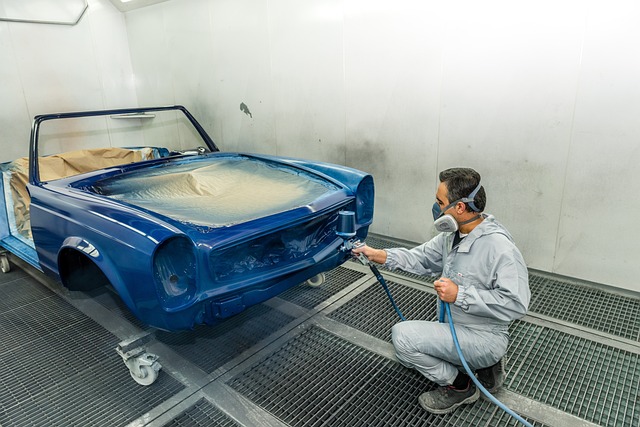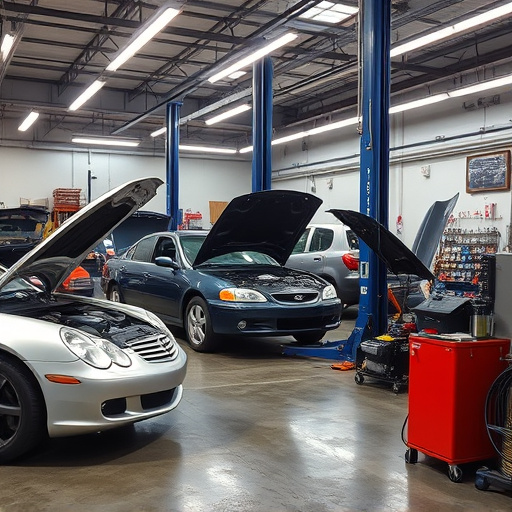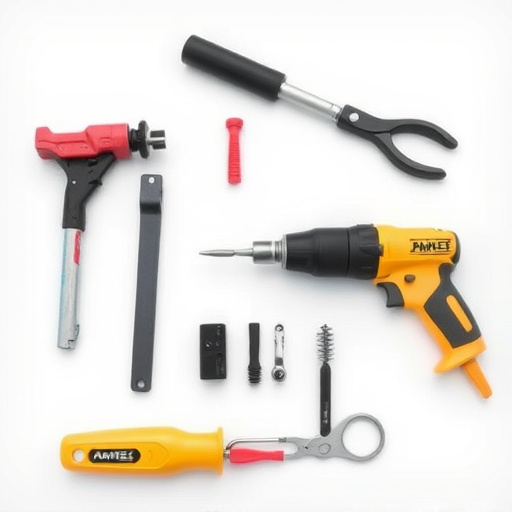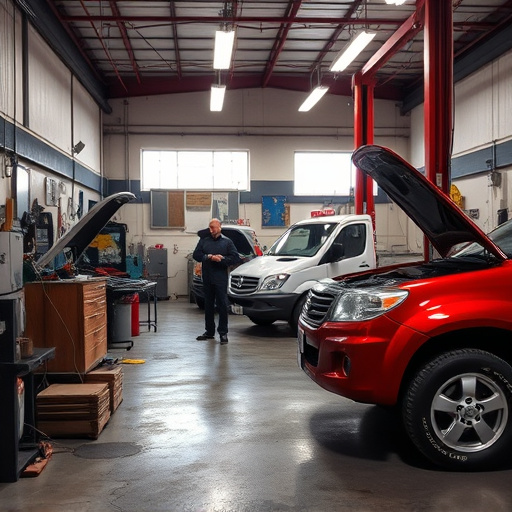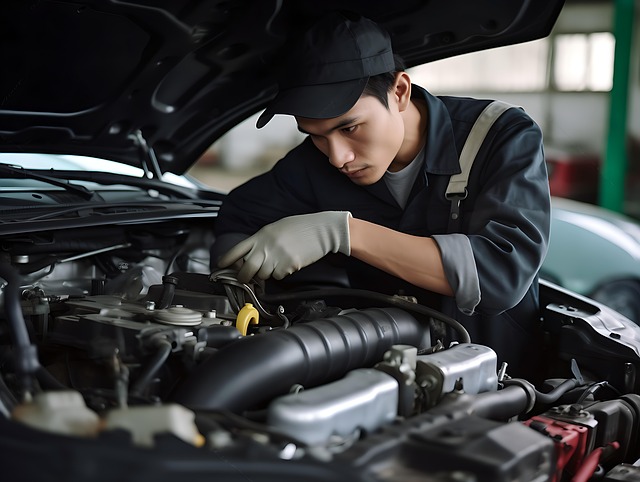Ice damage collision repair is a specialized field within auto body work, addressing unique challenges posed by frozen fluids, expanded ice, and various types of icy surface damage. From Mercedes Benz to other makes, effective restoration requires meticulous assessment and state-of-the-art equipment to overcome issues like pitting, denting, warped panels, rust, and electrical system damage. Understanding distinct repair implications based on sliding, skidding, or freezing incidents is crucial for balancing structural integrity with aesthetic appeal, aiming to restore vehicles to their pre-incident condition using advanced techniques such as specialized drying methods and precise auto dent repair.
Ice damage collision repair presents unique challenges due to the diverse nature of icy road conditions. From sliding and skidding to freezing, each scenario impacts vehicle damage differently. This article delves into the key factors affecting the cost of such repairs. We explore labor expenses tied to skilled technicians and frozen vehicle access, material costs influenced by part availability and ice-related damage, as well as overhead charges, including winter infrastructure maintenance. Additionally, we offer strategies to mitigate these costs through pre-emptive car care, efficient parts sourcing, and shop optimization techniques.
- Understanding Ice Damage: Unique Challenges in Collision Repair
- – The unique nature of ice damage and its impact on vehicles
- – Different types of ice-related collisions (e.g., sliding, skidding, freezing)
Understanding Ice Damage: Unique Challenges in Collision Repair
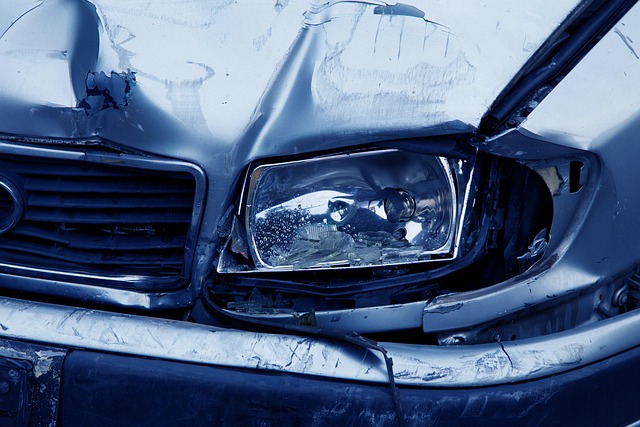
Ice damage presents unique challenges for collision repair professionals. Unlike traditional accidents involving crumpled metal and shattered glass, ice-related incidents often leave distinct patterns—like pitting, denting, or even frozen debris—that require specialized knowledge to address accurately. The intricate nature of ice damage means that a simple fix isn’t always possible; many cases demand meticulous restoration to match the original car body repair, be it for a Mercedes Benz repair or any other vehicle make.
Understanding these challenges is crucial for effective ice damage collision repair. Auto frame repair experts need to account for factors like frost buildup, frozen fluids, and unique impacts caused by expanding ice. For instance, a car’s paneling might appear undamaged on the surface but could be weakened internally due to ice expansion. Therefore, comprehensive assessments and state-of-the-art equipment are essential tools in navigating these complexities, ensuring that vehicles return to their pre-incident condition—whether it’s a minor dent or more significant structural damage.
– The unique nature of ice damage and its impact on vehicles
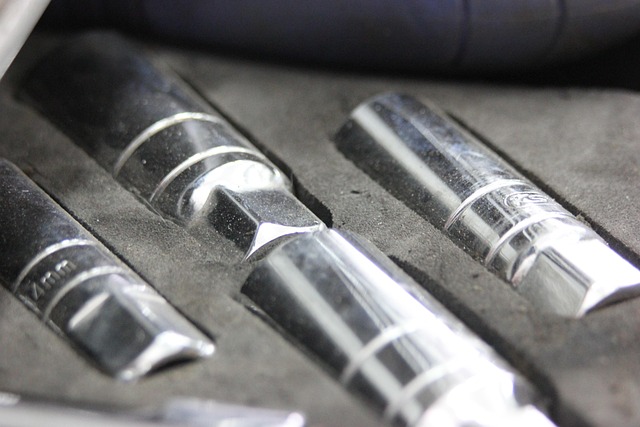
Ice damage can be particularly challenging when it comes to collision repair due to its unique and often intricate nature. Unlike traditional accidents that involve high-speed collisions, ice damage is typically caused by freezing conditions, resulting in issues like frozen windows, icy surfaces, and even water intrusion into vehicle compartments. These factors necessitate specialized knowledge and equipment during the repair process.
The impact of ice on vehicles extends beyond surface level. It can lead to complex problems such as warped body panels, rust formation due to moisture infiltration, and damage to electrical systems affected by freezing temperatures. Effective ice damage collision repair requires a delicate balance between addressing these structural concerns and ensuring the vehicle’s aesthetic appeal, which includes meticulous vehicle paint repair for any visible scars left behind. Professional vehicle repair services that specialize in such cases employ advanced techniques, including specialized drying methods and precise auto dent repair, to restore vehicles to their pre-incident condition.
– Different types of ice-related collisions (e.g., sliding, skidding, freezing)
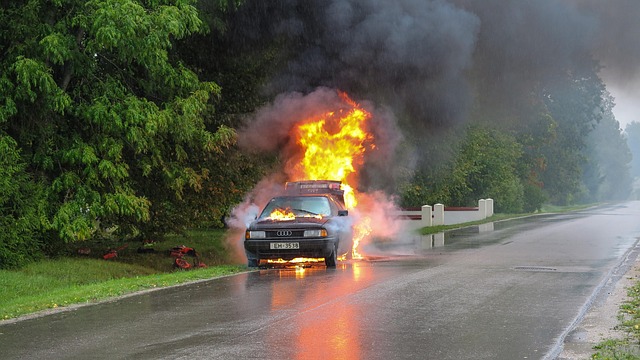
Ice-related collisions can take various forms, each with distinct implications for the cost of subsequent ice damage collision repair. These include sliding, skidding, and freezing incidents. When a vehicle slides on ice, it often results in loss of control and can lead to high-speed impacts with other vehicles or fixed objects like guardrails. Such collisions typically cause extensive damage, affecting multiple body panels and potentially the vehicle’s frame.
In contrast, skidding occurs when tires lose traction and glide along the icy surface. While this may result in less severe crashes, the impact can still be significant, especially if the skid involves a sharp turn or collision with another vehicle. Freezing conditions, on the other hand, can lead to situations where vehicles become immobilized due to ice buildup on roads. These incidents often result in lower-speed collisions but can cause unique challenges for auto repair services, particularly when dealing with frozen fluids, damaged wipers, and ice-induced cracks in car bodies, which require specialized car body repair techniques.
Ice damage collision repair presents distinct challenges due to the varied nature of ice-related incidents. From sliding and skidding to freezing and its subsequent thawing, each scenario can leave unique marks on vehicles. Understanding these key factors—such as extent of damage, type of ice event, and vehicle make/model—is crucial in determining the cost of repair. By delving into these aspects, auto body shops can offer more accurate estimates and ensure a thorough restoration process for icy encounters.
